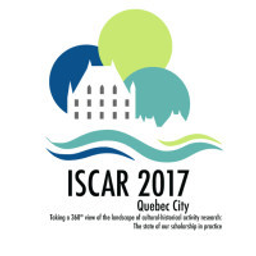ABS316 - A CHAT about animation: Extending activity theory into studio animation
Thème:
2.7 Other topics related to Theme 2
Quoi:
Paper
Quand:
4:10 PM, Jeudi 31 Août 2017
(20 minutes)
Où:
Convention Center
- 204 B
Comment:
How can Activity Theory (AT)/CHAT be used to reveal cognitive phenomenon in the design activity of time-based media such as animation? This under-researched activity provides a fertile ground to study complex cognitive processes such as team-based problem solving and spatiotemporal thinking. Significantly, design practices such as animation center around extreme “wicked” problems that have weak or ad hoc rules, methods, and multiple and conflicting goals. (Rittel and Webber, 1973). In an effort to provide a comprehensive description of the problem space, AT/CHAT has to be used as a theoretical and methodological framework (Nardi, 1996) in which to ground the research in a manner that allows a principled descent from activity to action, from the mediated and social contexts to lower-level cognitive phenomenon. Building on over 15 years of field research with animators, and focusing on a year-long research at the Animation Studios of the National Film Board of Canada, key findings are summarized and discussed as presenting issues for understanding studio animation. At the same time, this research poses some questions regarding the nature of the CHAT “nodes”, “outcomes”, and the trajectories between Activity and Action in “wicked” problems of design. In particular, it raises the question of “where do your outcomes go when they go out”?
